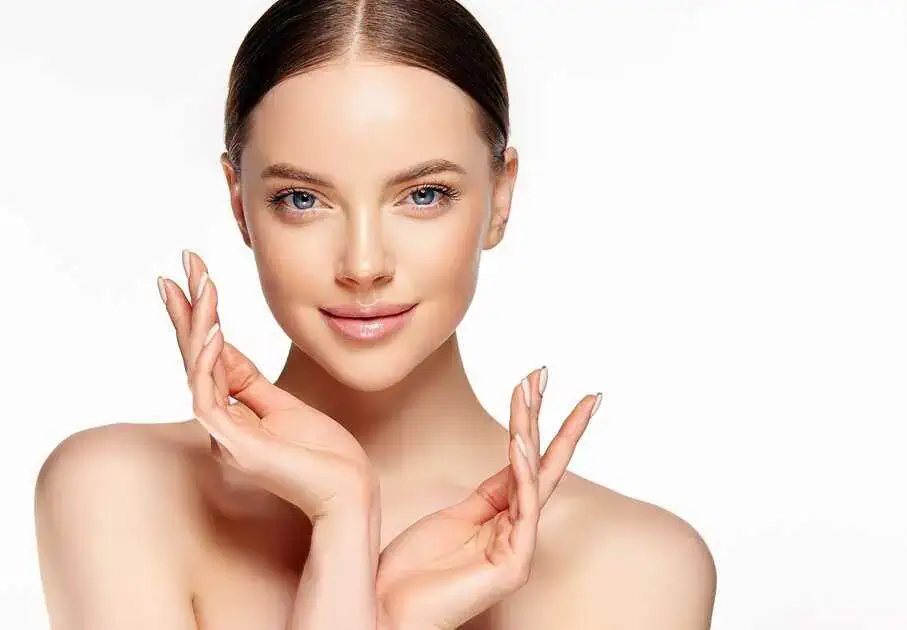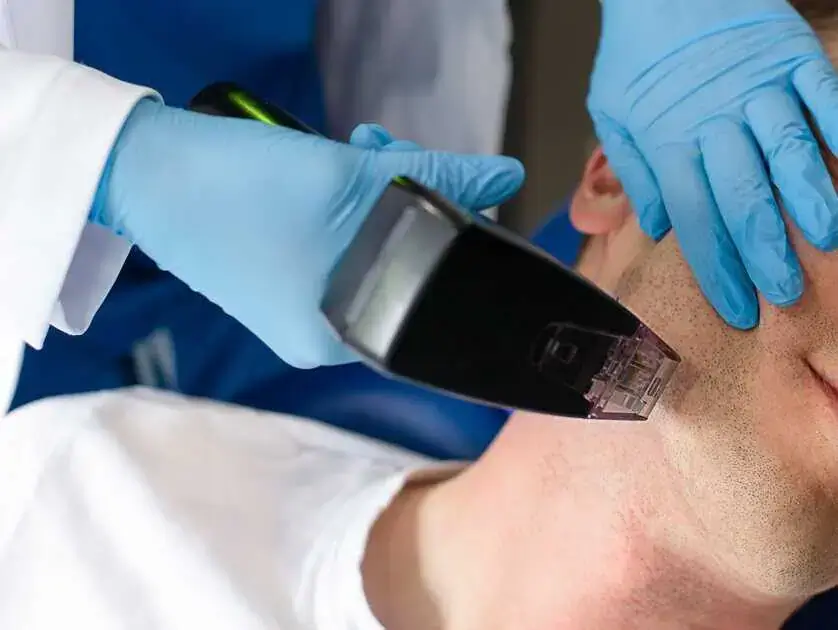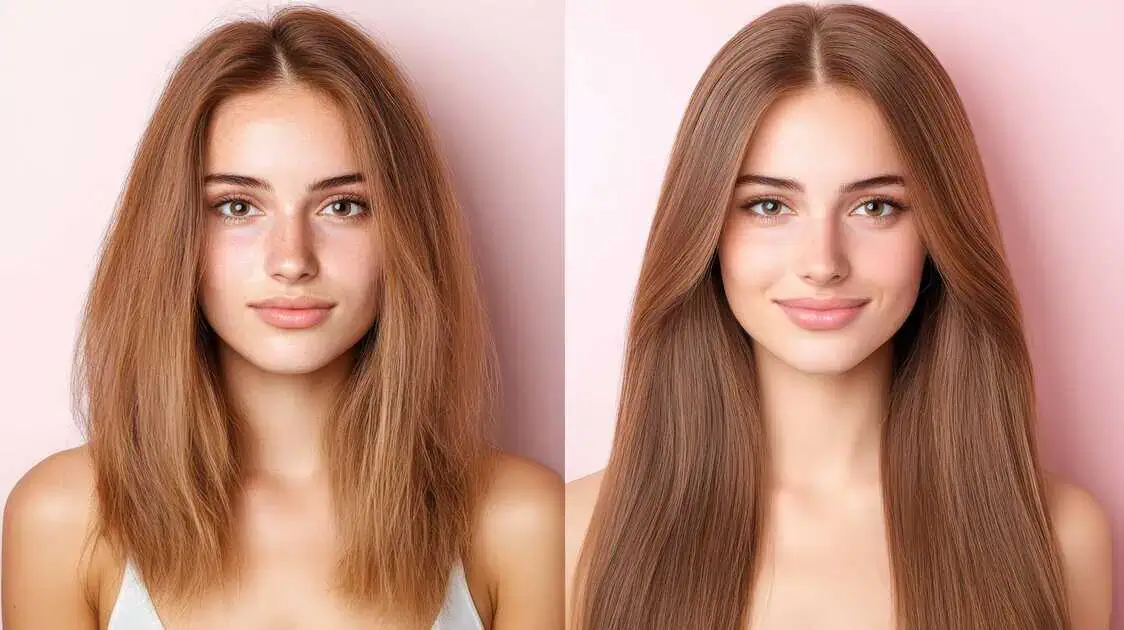Table of Contents
Botox is today’s modern approach to skin rejuvenation. It is an all-natural, purified protein treatment given in low amounts to reduce muscle contractions that cause wrinkles. As we age, these muscles stay contracted, producing our facial expressions and making us look sad, mad, worried, or tired.
Botox helps reduce unwanted wrinkles on the forehead and undesirable frown lines between the eyebrows. They are also great in taking care of crow’s feet, bunny lines, or those little nose crinkles, and also lift or even out our brows. Other common uses for Botox include treatment for excessive sweating of the underarm and jaw grinding.
Today, let us learn how Botox works – the treatment, recovery time, and side effects, if any. Read until the end and discover how Botox can help you with your skin concerns.
What is Botox?
The FDA initially approved Botox in 1989 to treat blepharospasm and other known eye muscle problems. In 2002, the governing body again approved Botox as a cosmetic treatment for moderate to severe frown lines that unwantedly manifest between the eyebrows. Afterward, Botox was eventually approved for wrinkle treatment around the eyes corners, or Crow’s feet, in 2013.
Botox is a cosmetic treatment and an injectable that relaxes wrinkled muscles. Botox is a cosmetic procedure that uses botulinum toxin type A, specifically OnabotulinumtoxinA. This treatment temporarily paralyzes the muscle, reducing the appearance of facial wrinkles along the way.
Since it is minimally invasive, Botox is safe and effective for wrinkle and fine-line treatments, especially for areas around the eyes. Practitioners can also utilize it towards lines in the forehead between the eyes.
Preparations and Expectations with Botox
Botox requires minimal preparations since it involves non-surgical, in-office procedures. Discuss with your treatment provider your medical history, particularly allergic reactions or certain medical conditions you currently have or have had before you undergo the Botox procedure. Always remember to deal with providers who are licensed physicians, physician assistants, or nurses. Botox is a cosmetic treatment that usually takes about 10 to 30 minutes, based on the treated area. Typically, you won’t feel much pain, although levels of discomfort may rely mainly on your tolerance and sensitivity toward the procedure. There may be potential bruising once the Botox is done.
How the Treatment Works
As a minimally invasive procedure, Botox involves no incisions or general anesthesia. However, people concerned with potential pain or discomfort may opt to receive a topical anesthetic or ice pack to numb the treated area.
A cosmetic treatment like Botox temporarily blocks nerve-to-muscle signals and their eventual contractions inside the body. This process improves wrinkle appearance, especially between the eyebrows and around the eyes, where Botox treatments are commonly used and targeted. In addition, it can also slow new line production by preventing facial muscle contractions.
During the procedure, practitioners utilize a thin needle to deliver 3-5 injections of botulinum toxin type A to the targeted areas, usually between the eyebrows. Typically, you will need three (3) injections to smoothen out the appearance of Crow’s feet on both sides of the eyes.
The Botox procedure takes approximately ten (10) minutes to commence fully.
Things to Expect After Botox
After undergoing Botox, refrain from applying pressure to the treated area, such as rubbing or massaging. These actions cause an uncontrollable spread of Botox to the other body parts, negatively affecting and altering your results.
- After getting these treatments, understand that possible improvements and realistic expectations with Botox are essential. It offers little to no downtime after your treatment, so you can return and resume your normal activities immediately after most Botox cases.
- Avoid bending over or lying down at least for the next three to four (3-4) hours after Botox is injected between the brows. These particular activities can cause the Botox to go and slip underneath one’s orbital rim, possibly resulting in eyelids drooping.
- Notice visible results within the next 1-2 days after your treatment. Botox’s full effects usually last up to four (4) months. This cosmetic procedure can also prevent fine lines, also preventing their return through the total relaxation of the treatment of the targeted muscles. Additional Botox injections may be needed and administered to maintain your results.
24 hours after your Botox treatment, AVOID:
- Drinking red wine
- Exposing treated areas to excessive heat, like saunas, hot tubs, tanning machines, including activities, and the red, hot sun
- Massaging the injected areas or targeted body parts
- Undergoing vigorous exercise and activities
Precautions and Safety Measures
Before your Botox, avoid over-the-counter medications that could result in blood thinning a couple of days before your scheduled Botox treatment. These medication groups can contribute to the increase in experiencing bruises. Products such as aspirin, Vitamin E, and fish oil are everyday products to avoid.
Consequently, some factors may affect you undergoing the Botox procedure even if you are tolerant of it, like hypersensitivity towards Botox or Dysport. Pregnancy, breastfeeding, or even suspecting upcoming pregnancy can also be hindrances in continuing to take advantage of Botox. These procedures have contraindications, especially during pregnancy or while women are breastfeeding.
Potential Risks and Possible Side Effects
Botox can result in some side effects, like bruising or minor discomfort. But you should expect noticeable improvements within a few days after your treatment. Other usual after-effects may include the following:
- allergic reactions, such as rashes, itchiness, or symptoms of asthma
- dry eyes
- double vision
- headache
- neck pain
- drooping or swelling in the eyelid area
- exhaustion or tiredness
Moreover, you should already consult severe cases or prolonged versions of these side effects with providers right away. Contact them immediately if any of these after-effects occur.
Final Takeaways on Botox
Botox is a cosmetic treatment for reducing wrinkles and fine lines. It commonly targets areas on the forehead and around the eyes. This treatment is considered proven safe and effective and also non-invasive by nature. Find only the best and most well-experienced practitioners and try to confirm if they’re licensed to administer Botox procedures. Let them know all about any medical conditions or allergies you might have, and call them immediately once you’ve experienced any of the side effects mentioned earlier following your Botox treatment. Noticeable results should persist for the next four (4) months, and be open to additional sessions and injections towards the maintenance of the reduction of your wrinkles through Botox.





